The stereotype of the Russian woman hasn’t changed in the past thirty something years since the collapse of the Soviet Union. It has lived on through the MeToo crusades, the feminism fests and the rest of it, a little island of misogyny, unbothered by the changing tides.
You’d be hard pressed to find any depiction of a Russian female in contemporary Western film where she is not a Red Sparrow type character or whore, or both. I can’t say this keeps me up at night, but it is alternatingly amusing and irritating. In everyday interactions there’s the occasional uncomfortable interest and comments more permissive than men would allow themselves to make to local women. The riveting originality of friendly xenophobia when “Russian spy” jokes come up two minutes into the conversation. Odd questions like “is your husband also Russian?”, which is a strange thing to ask - it wouldn’t cross my mind to ask someone I’d just met if her husband is the same nationality. Then there’s the “how do you speak English so well?” combo which always makes me feel like the little Soviet circus dog in a dress used for photo ops at the entrance to the circus.
The perception stems from the nineties, a period when Russia was widely advertised as a sexual El Dorado for sleazy male expats who had trouble getting laid in their home countries. It was devastating and darkly comic at the same time, ethereal Russian nymphs prostituting themselves out to some Nutcracker-faced executive from Ohio twice their age, sent to Moscow to boost candy bar sales.
I remember this well as a high schooler getting into the most notorious Moscow bars from The Exile Bar-dak section. As international school kids, we were cocooned in our own world, and the foreign perverts served as a sort of wildlife documentary background to our escapades. We were more interested in our own teenage drama. Occasionally these worlds could intersect with some girl sleeping with one of the prowling expats (not necessarily Russian girls) and though it seems horrendous now, then it was just a whatever moment, passing gossip, in the debauchery du jour. Outside the international school crowd, the expats didn’t feature, my school friends and I were focused on the local bad boy skaters and DJs we hung out with.
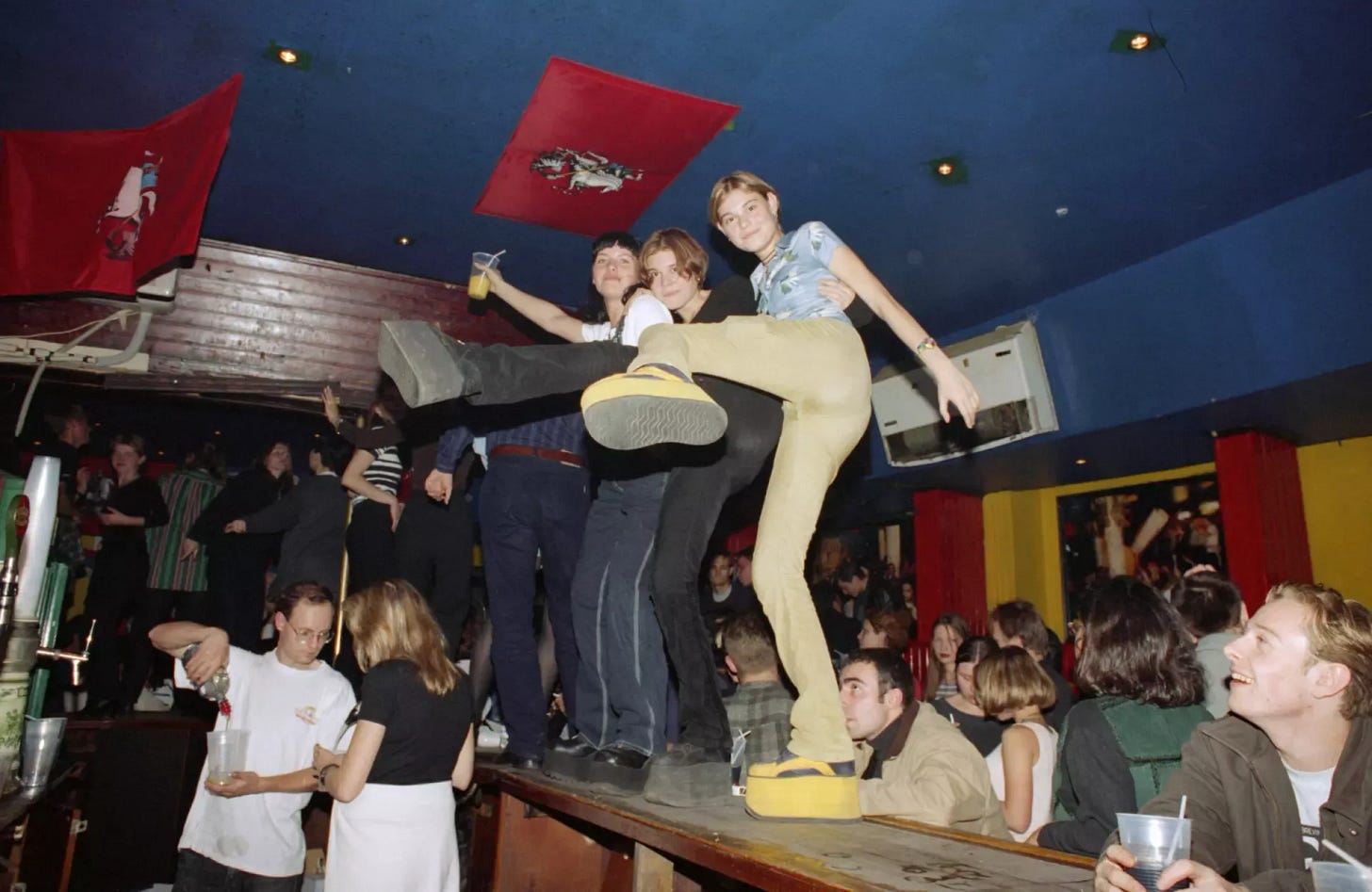
But the expats were definitely there, salivating over the hopelessly poor, hot girls in skintight dresses. The gorgeous girls often led lives of near starvation with no social elevator out of the poverty except a man, any man, and their only capital was looks. Since the Russian men were in similar despair, it was these foreigners they banked on. I’m sure there was the odd young dreamer in there too, thinking she’d met a prince or decent human being.
If you need an idea of what Russia went through back then, you should take a look at Adam Curtis’ brilliant documentary “TraumaZone”. It’s seven hours of footage spanning 1985 – 1999, available here. Another excellent, heartbreaking source is Svetlana Alexievich’s, winner of the 2015 Nobel Prize, “Secondhand Time”.
The coveted colonizer effect evaporated in the aughts and for the past twenty years, the nymphs haven’t been starved enough to clobber each other over unexceptional men. Most make a decent living themselves and the remaining gold-digger demographic is more interested in a high-ranking bureaucrat or local businessman. Women in large cities are relatively well-traveled and not wildly impressed by modern Western living standards in comparison to what the petrol economy’s golden shower has bestowed on their homeland over the past decades. The West, however, still hasn’t gotten over that brief and tragic whorehouse Disneyland of the 1990s.
In terms of beauty standards, when Western fashions, magazines, makeup and care products came flooding in, women’s self-presentation changed. They were still ethereal nymphs, but they started wearing more clothes, a bit less makeup, a slightly lower heel.
The most popular theory is that these beauty and presentation standards developed from an imbalance of males to females that dates back to the wreckage World War II left behind, and prior world and civil wars and revolutions, for that matter. For reference, in WWII alone 27 million people died, out of a population of 170 million, that is approximately 16% of the population. Before that, up to 12 million died in the Civil War in 1917-1922 and up to 2 million emigrated. Right before that with no breather, over 3 million died in WW1 in 1914-1918. These were obviously mostly men. After all of this, there weren’t enough men, and those available were often traumatized, prone to addiction and higher mortality rates in every age group than the women, which made women become fiercely competitive. This slow burning panic over a lack of males was passed on for generations and sewn into the female psyche.
Historically, Russians weren’t strangers to beauty and fashion, for instance, creating a frenzy in Paris and across the Western world with the Ballets Russes that dominated the art and fashion scene in the beginning of the 20th century. This is also evident from what happened when people fleeing the communist massacre of the revolution and its aftermath settled in Europe and elsewhere. As fashion historian Alexandre Vassiliev outlined in his “Beauty in Exile”, Russian emigres of the time had an outsized influence on the world of fashion and theater, contributing many seamstresses and masters of embroidery, trends and fashion houses, as well as masterpieces of art and set design. Russian noblewomen arriving in Paris after 1917, desperate for jobs, set new standards for modelling, bringing glamour and class to the profession. The Russian influence resonated for decades, showing up in haute couture collections and trends throughout Soviet times and later, from Coco Chanel’s Russian period in the 1920s to Lagerfeld’s Paris-Moscou 2009, from the iconic Yves Saint Laurent collection of 1976 to Valentino, Jean Paul Gaultier and the high street.
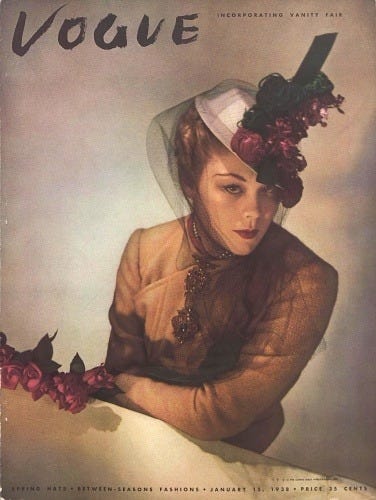
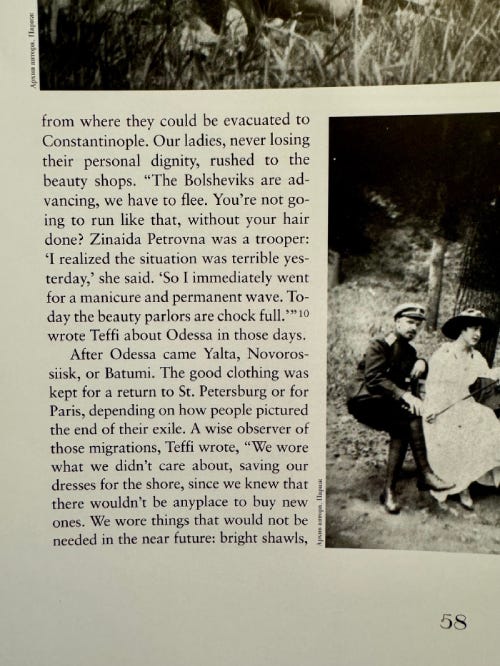
The male to female disparity remains, with there being an equal ratio of men to women up until thirty years old, after which the number of men steadily decreases.
The competition for males will inevitably be exacerbated by the exodus of the past three years, the largest wave of immigration the country has seen in decades, estimated to consist of up to a million people. Men are dying in the ongoing war, which leaves even fewer potential partners for the remaining women. I think as women become agitated about finding a man, this too will serve to uphold the stereotypes of the past decades.
Over the past few years there has been a gradual descent into an orgy of self-enhancement, with foreheads stretched drum-tight, comically puckered lips and inflated breasts taking center stage. This sped up in the 2020s and can probably be explained by many of the more raffiné high earners and trendsetters departing, replaced by what looks like less educated, somewhat thuggish provincial men, who dig the smutty caricature aesthetic. On my last brief visit in 2023, I saw Moscow restaurants chock full of these nouveau Russe, a sharp contrast to the Westernized young professionals and creatives who used to frequent them before the war, like a bizarre throwback to the nineties. This trend will likely help amplify the Red Sparrow/whore perception as well.
I speak of Russia because that’s what I know, but I think a lot of the history and issues will be true for ex-Soviet bloc countries to some extent, and the experience recognizable to anyone who looks or sounds distinctly Eastern European. Of course, Russians aren’t the only ones that get fetishized, for instance there is a certain way Asians are perceived as well, along the lines of convenient and obedient wife-commodities. However, I do think there is much more variety and nuance in how Asians are presented in film and media, and positive stereotypes to counter the negative ones, as well as a lesser degree of dehumanization. It’s like social mores and niceties don’t apply when talking Russian women. An interesting opinion I’ve heard is that this might be because Russians are safe - no backlash or repercussions, they are white so it’s not racist, they are the traditional enemy, so it’s all good. The only respected domain is our literature, where Pasternak’s Lara and Tolstoy’s Natasha haven’t yet been portrayed as money-grabbing, unfeeling sluts.
Last year I took my kid to a discussion and Q&A with a Russian pop star at Columbia. The singer-songwriter currently lives in exile in Europe, targeted for her dissent. I wanted to show my child something of the current country and I like the charming artist. The discussion was organized to allow teenagers, who couldn’t attend her concert due to the 21+ cutoff, to interact with her. In attendance were a lot of young girls who, judging by the quality and scope of their Russian, hadn’t been here long. They were stunning, all fashion and lipstick and angular, long limbed attitude. It was funny to watch my child’s wide-eyed reaction, after being exposed mainly to ugg slipper wearing, Stanley cup toting, suburban self-presentation. It was a colorful illustration of the still-strong cultural differences.
I do wonder what category you graduate to, as a Russian woman, when you age out of the pornographic KGB agent/mail order bride hybrid. I aim to be a terrifying Baba Yaga descending on the world in her wooden mortar. As Russian folklorist Varvara Dobrovolskaya puts it, Baba Yaga is really a feminist in a sense, as she “lives alone in the woods, she’s wise and experienced, dispensing advice to clueless travelling men”.

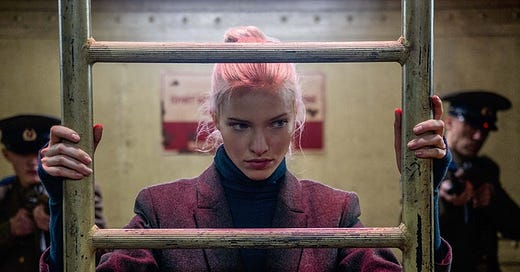



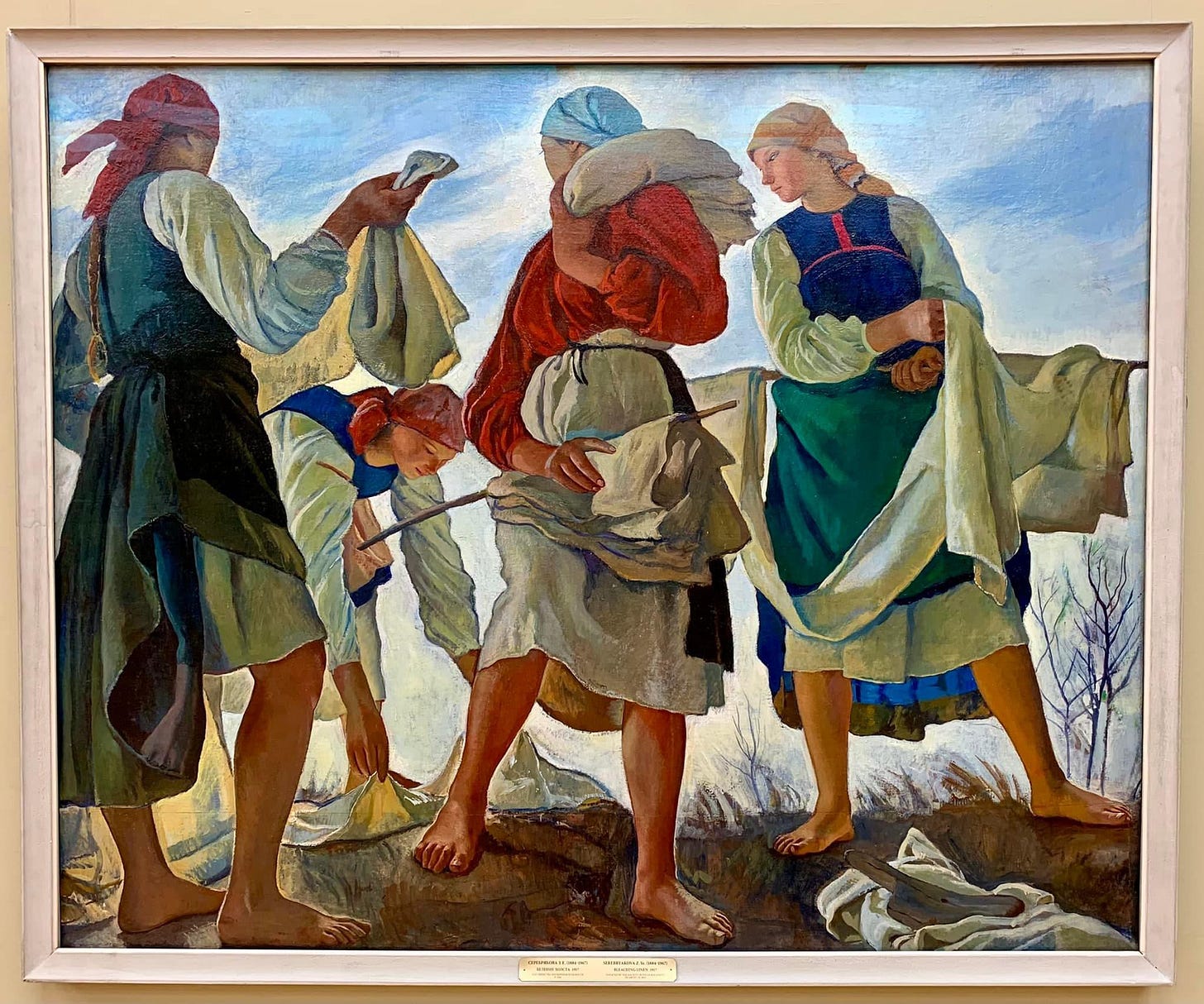
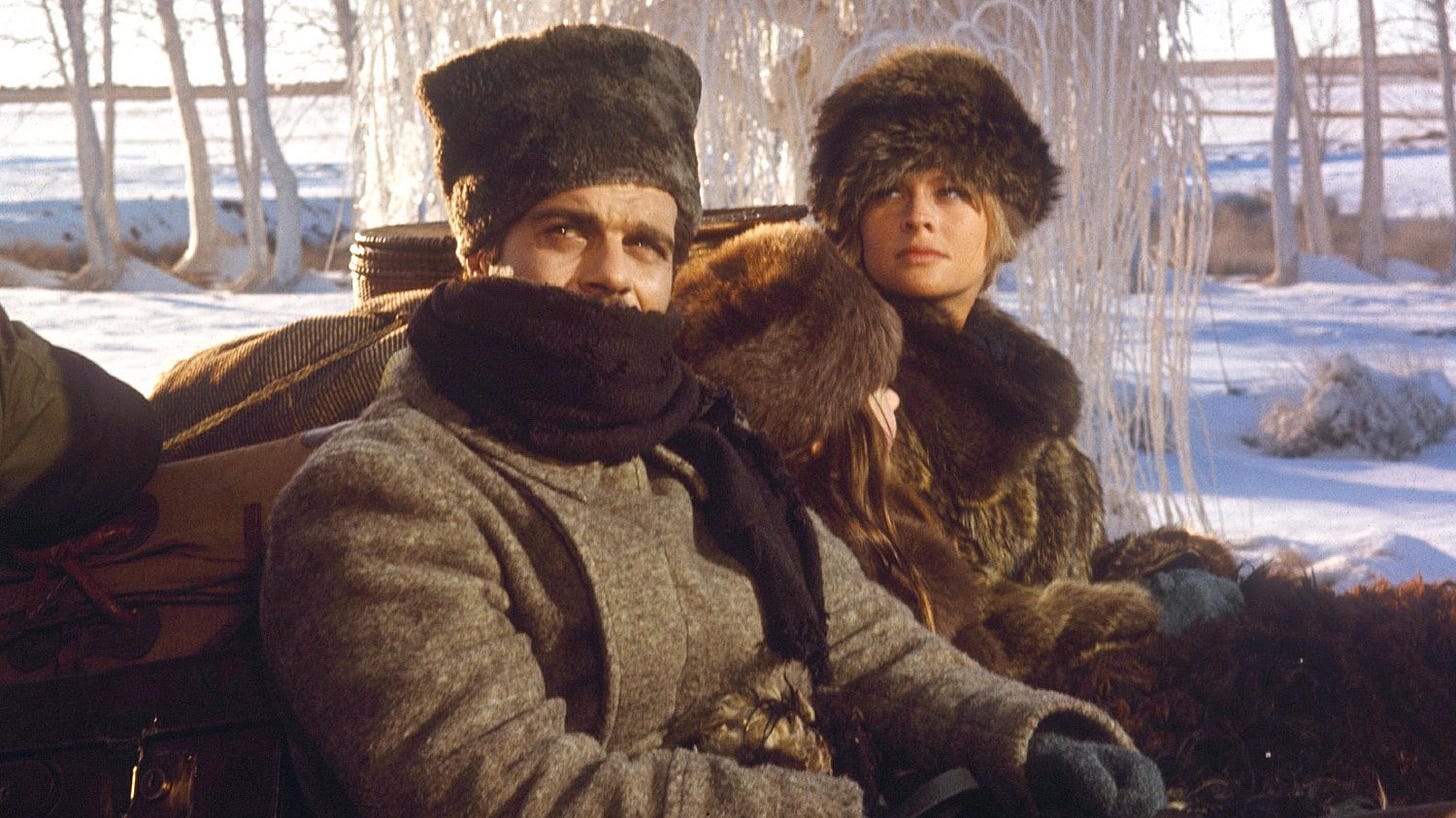
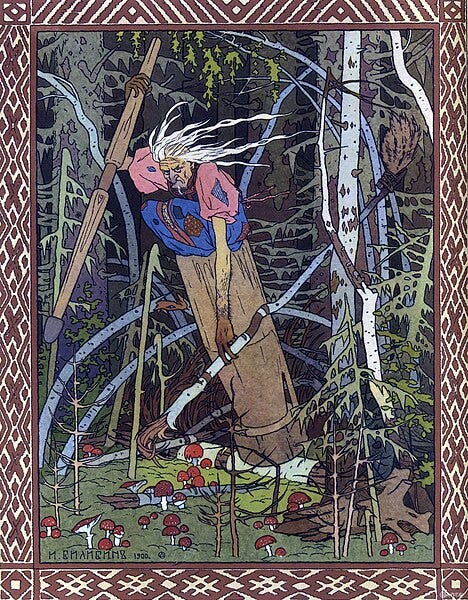
Beautifully written!! I have never contextualised any of this, thank you for sharing. I see my future as Baba Yaga as well!
It's not just a heterosexual thing either. Gay porn is full of Eastern European and Russian young men, barely more than boys, who would probably rather be doing anything else but are totally out of choices in life and trapped in borderline sex slavery. It's gross.